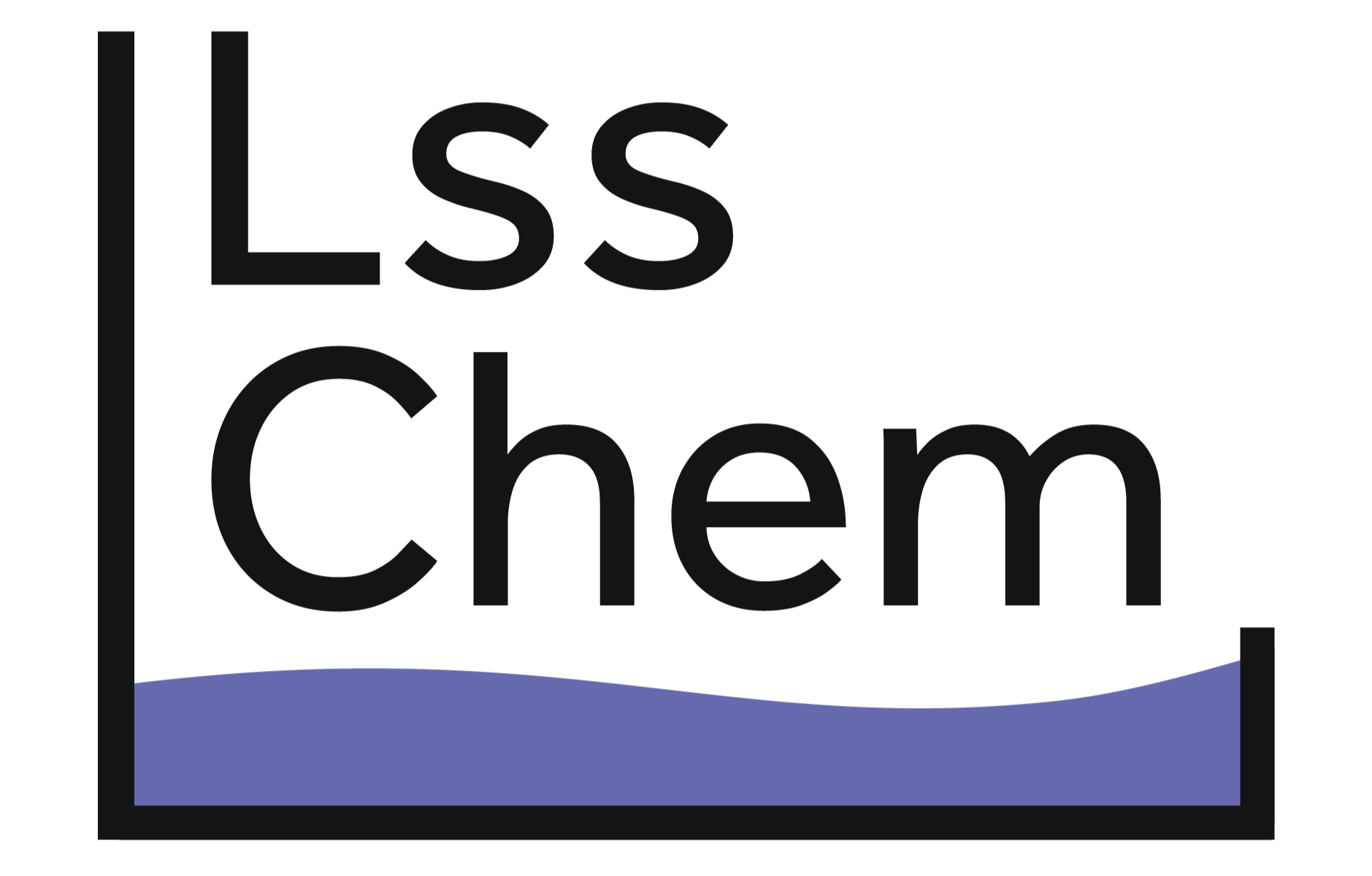What are cleaning solvents?
Cleaning solvents are used to remove or dissolve grease, dirt, oil, or other contaminants on a surface. These solvents can vary greatly in chemical composition and properties, depending on the desired use of the solvent. For example, solvents used as cleaning products will typically have a high solvency, low viscosity, and a low surface tension.
Most cleaning solvents that are used industrially will be one of three different types:
- Oxygenated
- Hydrocarbon
- Halogenated
Oxygenated solvents
These organic solvents contain oxygen and tend to exhibit a high solvency and low toxicity. Oxygenated solvents can consist of numerous functional groups, such as:
- Esters
- Ketones (Acetone)
- Glycols
- Glycol ethers
- Carboxylic acids
- Alcohols (Methanol)
These solvents are utilized in a variety of applications, including as cleaning agents, heat transfer fluids, and cosmetics. Oxygenated solvents generally have an extremely high rate of purity due to their solvent refinement process.
In terms of health and safety, oxygenated solvents, like acetone and methanol, have a low toxicity and do not harm the environment, making them good eco-friendly alternatives to toxic solvents.
Hydrocarbon solvents
Structurally, these solvents are mixtures composed of branched chains, straight long chains, or cyclic paraffins. They can either be aliphatic or aromatic.
Hydrocarbon solvents are commonly used in paint thinners but are also utilized in degreasing and rubber manufacturing.
Some specific examples of hydrocarbon solvents include:
- Petroleum ether
- Benzene
- Turpentine
The primary use of these specific solvents is for the cleaning of grease and oil, or any substance that is water insoluble.
In terms of health and environmental-friendliness, hydrocarbon solvents are considered very problematic. For example, benzene is a known carcinogen and can pose many risks to the environment.
Halogenated solvents
These solvents are those which are formulated with a halogen, typically either chlorine or bromine, but can also include iodine. Halogenated solvents are basically hydrocarbon solvents that have gone through an additional chlorination process.
The most used halogenated solvents include:
- Trichloroethylene
- Perchloroethylene
- Dichloromethane
Though halogenated solvents tend to be extremely effective as cleaning agents, they are generally toxic to humans and very harmful to the environment. Some countries are even banning trichloroethylene and n-propyl bromide because of the environmental harm they cause. Trichloroethylene is known to cause reproductive harm and multiple types of cancers. TCE can also contaminate drinking water and is toxic to aquatic life.
Learn more about cleaning solvents!
Looking for an eco-friendly solvent for your business’ cleaning needs? Check out our products here or go here to request a quote for any of our products!


